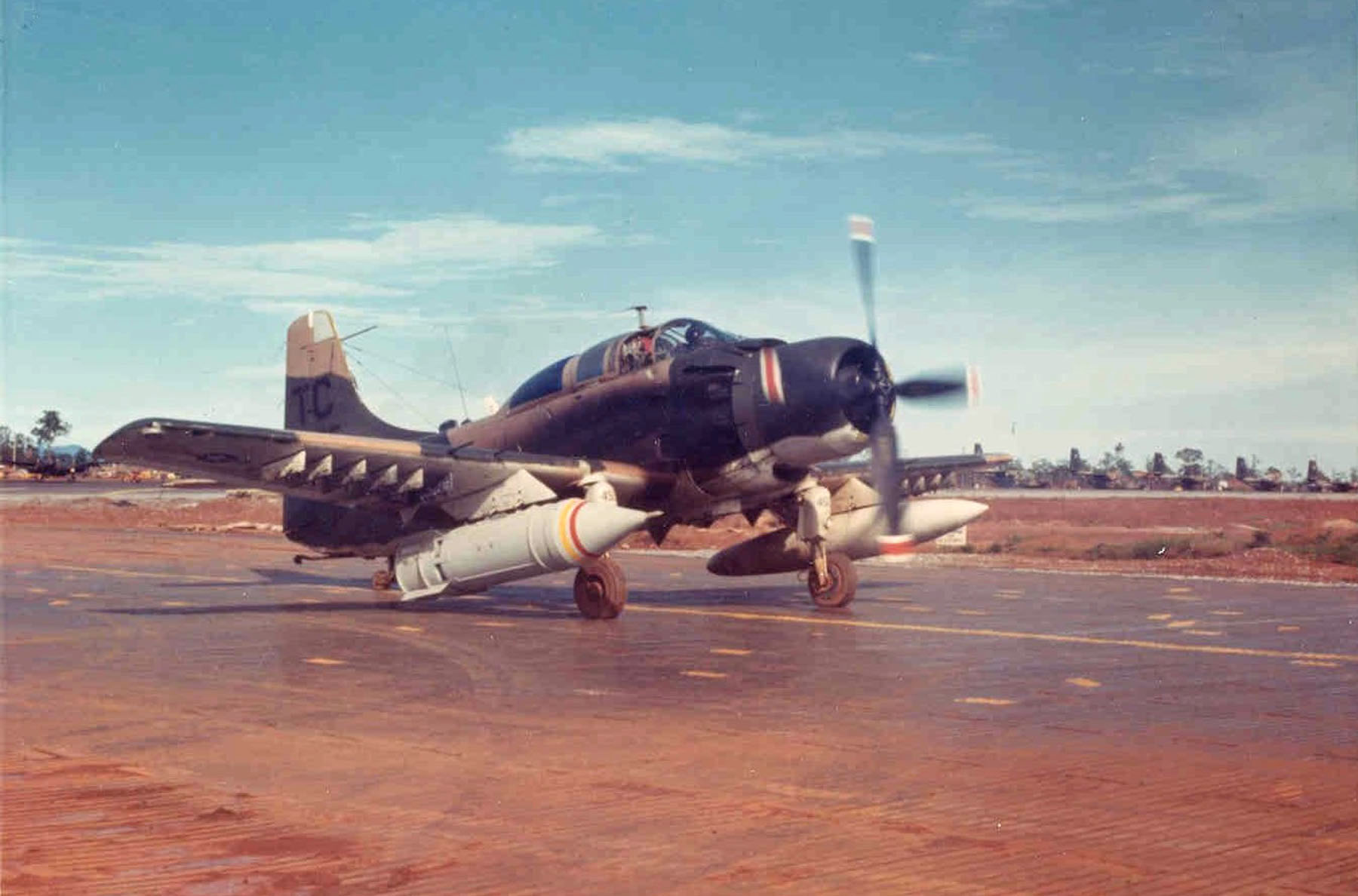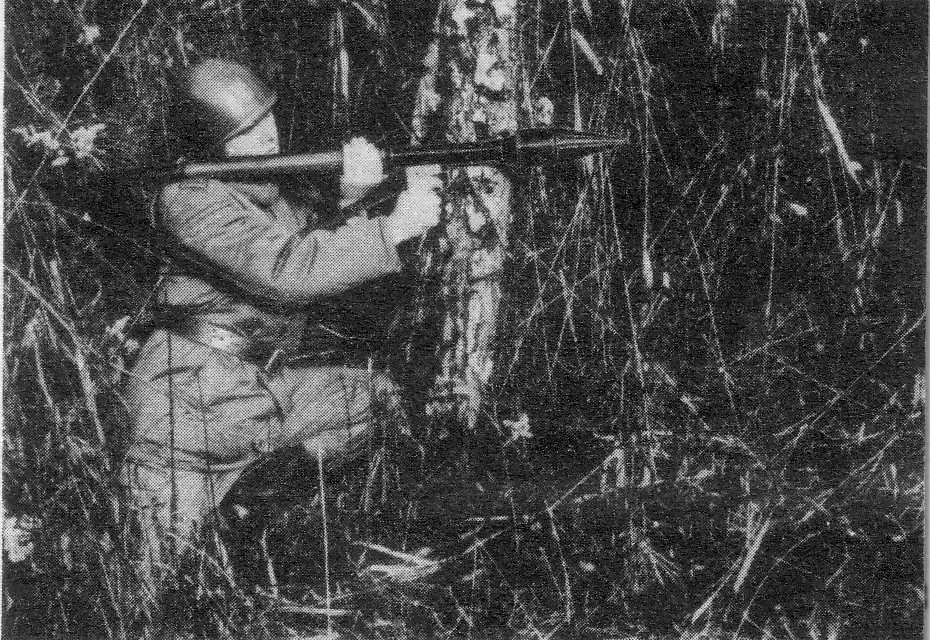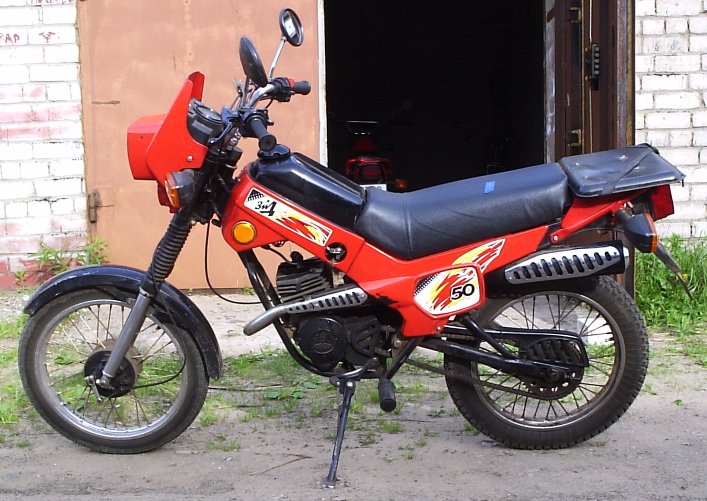|
RPG-7
The RPG-7 is a portable, reusable, unguided, shoulder-launched, anti-tank, rocket launcher. The RPG-7 and its predecessor, the RPG-2, were designed by the Soviet Union, and are now manufactured by the Russian company Bazalt. The weapon has the GRAU index (Russian armed forces index) 6G3. The ruggedness, simplicity, low cost, and effectiveness of the RPG-7 has made it the most widely used anti-armor weapon in the world. Currently around 40 countries use the weapon; it is manufactured in several variants by nine countries. It is popular with irregular and guerrilla forces. Widely produced, the most commonly seen major variations are the RPG-7D (десантник – ''desantnik'' – paratrooper) model, which can be broken into two parts for easier carrying; and the lighter Chinese Type 69 RPG. DIO of Iran manufactures RPG-7s with olive green handguards, H&K style pistol grips, and a commando variant. The RPG-7 was first delivered to the Soviet Army in 1961 and deployed ... [...More Info...] [...Related Items...] OR: [Wikipedia] [Google] [Baidu] |
PSRL-1
The Precision Shoulder-fired Rocket Launcher-1, also known as the PSRL-1, is a modified American copy of the Soviet/Russian RPG-7 shoulder-fired rocket-propelled grenade launcher developed by AirTronic USA. The PSRL-1 is primarily manufactured for US-allied nations who are accustomed to Soviet-style weapons and international export. History In 2009, AirTronic USA revealed their modernized RPG-7, named the RPG-7USA. It was later developed to the PSRL-1. The weapon was a Program of Record in the United States Special Operations Command by 2015, and the PSRL-1 entered production by mid-2016. The rocket launcher was shown at the AUSA exhibition in 2015 with the PSRL-1 and the GS-777 being displayed. The first confirmed sales were made to the Armed Forces of Ukraine in 2017. The PSRL-1 was adopted by the Peruvian Army. Combat Use Ukrainian troops used it for the first time in a conflict during the 2022 Russian invasion of Ukraine. At least one was captured by Russian forces. ... [...More Info...] [...Related Items...] OR: [Wikipedia] [Google] [Baidu] |
Guerrilla Warfare
Guerrilla warfare is a form of unconventional warfare in which small groups of irregular military, such as rebels, partisans, paramilitary personnel or armed civilians, which may include recruited children, use ambushes, sabotage, terrorism, raids, petty warfare or hit-and-run tactics in a rebellion, in a violent conflict, in a war or in a civil war to fight against regular military, police or rival insurgent forces. Although the term "guerrilla warfare" was coined in the context of the Peninsular War in the 19th century, the tactical methods of guerrilla warfare have long been in use. In the 6th century BC, Sun Tzu proposed the use of guerrilla-style tactics in '' The Art of War''. The 3rd century BC Roman general Quintus Fabius Maximus Verrucosus is also credited with inventing many of the tactics of guerrilla warfare through what is today called the Fabian strategy, and in China Peng Yue is also often regarded as the inventor of guerrilla warfare. Guerrilla wa ... [...More Info...] [...Related Items...] OR: [Wikipedia] [Google] [Baidu] |
Shoulder-launched Missile Weapon
Shoulder-fired missile, shoulder-launched missile or man-portable missile, among other variants, are common slang terms to describe high-caliber shoulder-mounted weapons systems; that is, weapons firing large, heavy projectiles ("missiles"), typically using the backblast principle, which are small enough to be carried by a single person and fired while held on one's shoulder. The word "missile" in this context is used in its original broad sense of a heavy projectile, and encompasses all shells and rockets, guided or unguided (compare with guided missile). A more formal variant is simply ''shoulder-fired weapons system'' and the like. Shoulder-launched weapons may be guided or unguided, and the systems can either be disposable, such as the Panzerfaust 1, M72 LAW, AT4, etc., or reusable, such as the Panzerfaust 2, Carl Gustaf 8.4 cm recoilless rifle, RPG-7, etc. Some systems are classified as semi-disposable, such as the Panzerfaust 3. Slang nicknames In many instanc ... [...More Info...] [...Related Items...] OR: [Wikipedia] [Google] [Baidu] |
Anti-tank
Anti-tank warfare refers to the military strategies, tactics, and weapon systems designed to counter and destroy enemy armored vehicles, particularly tanks. It originated during World War I following the first deployment of tanks in 1916, and has since become a fundamental component of land warfare doctrine. Over time, anti-tank warfare has evolved to include a wide range of systems, from handheld infantry weapons and anti-tank guns to guided missiles and air-delivered munitions. Anti-tank warfare evolved rapidly during World War II, leading to infantry-portable weapons. Through the Cold War of 1947–1991, the United States, anti-tank weapons have also been upgraded in number and performance. Since the end of the Cold War in 1992, new threats to tanks and other armored vehicles have included remotely detonated improvised explosive devices (IEDs). During the Russian invasion of Ukraine, drones and loitering munitions have attacked and destroyed tanks. Tank threat ... [...More Info...] [...Related Items...] OR: [Wikipedia] [Google] [Baidu] |
Bazalt
NPO Bazalt () is a weapons manufacturing company in Russia that took over (or continued) the production of weapons such as the RPG-7 after the collapse of the Soviet Union. NPO Bazalt manufactures the RPG-7V2 and the RPG-29. AO NPO Bazalt is included in the state corporation Rostec. History Bazalt was founded in 1916. Over its history, the company created 700 models of ammunition for military use. Bazalt is one of the leading designers and developers of many variants of aircraft bombs, anti-tank and anti-saboteur marine grenade launcher complexes, mortar shells of many variants, and calibers and other kinds of ammunition. The company's most famous product is the RPG-7, developed in the 1960s and used by the armies of over 40 countries, with over one million having been built by the company or on license by 2004. Ammunition developed by Bazalt is used by the armed forces of over 80 countries in the world. Licenses for production of 61 types of ammunition were transferred to ... [...More Info...] [...Related Items...] OR: [Wikipedia] [Google] [Baidu] |
Type 69 RPG
The Type 69 85mm RPG (), made by Norinco, is a Chinese variant of the Soviet RPG-7. First introduced in 1972, the Type 69 is a common individual anti-tank weapon in service with the People's Liberation Army, PLA. More advanced Rocket-propelled grenade, grenade rounds were developed in the 1980s and 1990s to meet the requirements of modern battlefields. Eventually, the aging Type 69 RPG family was replaced by more modern anti-tank weapon systems developed by China such as the PF-89, Type 89 and DZJ-08, Type 08. Origin History China first obtained the RPG-2 85mm anti-tank RPG in the early 1950s, and began to build domestic copies in 1956 under the designation Type 56. However, the rapid development of the new generation main battle tanks (MBTs) in the early 1960s posed new threats to the PLA, which was later proven in the 1969 Sino-Soviet border conflict. Because the Type 56 was unable to penetrate the armour of the new generation Soviet tanks such as the T-62, the PLA desperately n ... [...More Info...] [...Related Items...] OR: [Wikipedia] [Google] [Baidu] |
1PN58
1PN58 () is the GRAU index for a Soviet designed passive night scope for a range of Soviet designed small arms and grenade launchers. ''1PN'' is the GRAU index of night vision devices, where PN stands for ''Nochnoy Pritsel'' () meaning night sight. It is also called NSPUM (). or NSPU-1. The 1PN58 was introduced into Soviet service in the early 1970s and is still used by many of the Soviet Union's successor states, and has been used in numerous conflicts around the world. Details The 1PN58 gathers light into a refractor which can be protected with an aperture cover. The center of the cover has a circular aperture with dark glass allowing the scope to be used in light conditions that would otherwise saturate the light intensifier. For zeroing the sight the left side of the scope has two perpendicular knobs, of which the elevation knob has a detachable scale. The scope comes with seven different, detachable elevation scales, one for each of the supported weapons. The scope has a m ... [...More Info...] [...Related Items...] OR: [Wikipedia] [Google] [Baidu] |
GRAU
The Main Missile and Artillery Directorate of the Ministry of Defense of the Russian Federation (), commonly referred to by its transliterated acronym GRAU (), is a department of the Russian Ministry of Defense. It is subordinate to the Chief of Armament and Munition of the Russian Armed Forces, a vice-minister of defense. The organization dates back to 1862 when it was established under the name Main Artillery Directorate (, GAU). The "R" from "rockets" was added to the title from 19 November 1960. The GRAU is responsible for assigning GRAU indices to Russian army ammunitions and equipment. As of April 2025, the Chief of the GRAU was Major General Aleksey Volkov. Arsenals Arsenals of the GRAU, according to Kommersant-Vlast in 2005, included the 53rd at Dzerzhinsk, Nizhniy Novogorod Oblast, the 55th in the Sklad-40 microraion at Rzhev, the 60th at Kaluga, the 63rd at Lipetsk, the 75th at Serpukhov south of Moscow, and the 97th at Skolin (all five in the Moscow Milita ... [...More Info...] [...Related Items...] OR: [Wikipedia] [Google] [Baidu] |
Thermobaric Weapon
A thermobaric weapon, also called an aerosol bomb, or a vacuum bomb, is a type of explosive munition that works by dispersing an aerosol cloud of gas, liquid or powdered explosive. The fuel is usually a single compound, rather than a mixture of multiple substances. Many types of thermobaric weapons can be fitted to hand-held launchers, and can also be launched from airplanes. Terminology The term ''thermobaric'' is derived from the Greek words for 'heat' and 'pressure': ''thermobarikos'' (θερμοβαρικός), from ''thermos'' (θερμός) 'hot' + ''baros'' (βάρος) 'weight, pressure' + suffix ''-ikos'' (-ικός) '-ic'. Other terms used for the family of weapons are high-impulse thermobaric weapons, heat and pressure weapons, vacuum bombs, and fuel-air explosives (FAE). Mechanism File:Dust explosion 00.jpg, Experimental setup File:Dust explosion 01.jpg, Finely-ground flour is dispersed File:Dust explosion 02.jpg, Cloud of flour is ignited File:Dust explosion 03. ... [...More Info...] [...Related Items...] OR: [Wikipedia] [Google] [Baidu] |
1PN51
1PN51 () is the GRAU index for a Soviet designed passive night scope for a range of Soviet designed small arms and grenade launchers. ''1PN'' is the GRAU index of night vision devices, where PN stands for ''Nochnoy Pritsel'' () meaning night sight. The scope weighs 2.1 kg and measures 276 mm × 210 mm × 140 mm (length × height × width). It is attached onto a matching side rail on the weapon after which a lever on the scope is pressed to hold it in place. The 1PN51 comes in a metal container with room for extra batteries, battery charger and the other accessories, weighing 6.45 kg in total. Optics The scope gathers light via an 80 mm aperture into a reflector with the secondary mirror obscuring the central 42 mm of the aperture. For zeroing the sight the top of the scope has two perpendicular knobs, of which the elevation knob has a detachable scale. The scope comes with eight different, detachable elevation scales for the supported weapons. ... [...More Info...] [...Related Items...] OR: [Wikipedia] [Google] [Baidu] |
RPG-2
The RPG-2 ( Russian: РПГ-2, Ручной противотанковый гранатомёт, ''Ruchnoy Protivotankovy Granatomyot''; English: "hand-held antitank grenade launcher") is a man-portable, shoulder-fired anti-tank weapon that was designed in the Soviet Union. It was the first successful anti-tank weapon of its type, being a successor to the earlier and unsuccessful rocket-propelled grenade RPG-1. The RPG-2 offered better range and armor penetration, making it useful against late and post-World War II tanks, in contrast to the RPG-1 that had only marginal utility. The basic design and layout was further upgraded to produce the ubiquitous RPG-7. History Studying German and US anti-tank rocket designs, in 1944 the Soviets developed the RPG-1 with the goal of combining the best features of the German '' Panzerfaust'' single shot recoilless weapon with the US Bazooka rocket launcher. Propelled by a 30 mm cartridge, the high-explosive anti-tank (HEAT) shaped cha ... [...More Info...] [...Related Items...] OR: [Wikipedia] [Google] [Baidu] |
Degtyarev Plant
Degtyaryov Plant (, English: Open Joint Stock Company " V. A. Degtyaryov Plant") or ZiD (Zavod imeni Dеgtyaryovа) is one of the most important weapon and vehicle producing enterprises of Russia. The company is named after Vasily Alekseyevich Degtyaryov (2 January 1880, Tula – 16 January 1949), a Soviet and Russian engineer who specialized in weapons design.Дегтярёв Василий Алексеевич // Большая Советская Энциклопедия. / под ред. А. М. Прохорова. 3-е изд. том 8. М., «Советская энциклопедия», 1972.Дегтярёв Василий Алексеевич // Большая Российская Энциклопедия / редколл., гл. ред. Ю. С. Осипов. том 8. М., научное издательство "Большая Российская Энциклопедия", 2007. Degtyaryov Plant is a subsidiary of High Precision Systems ( Rostec). History Founded in ... [...More Info...] [...Related Items...] OR: [Wikipedia] [Google] [Baidu] |










